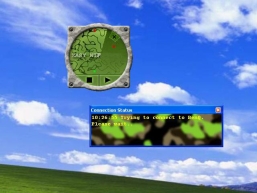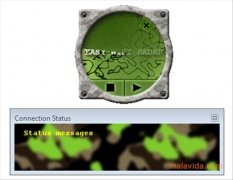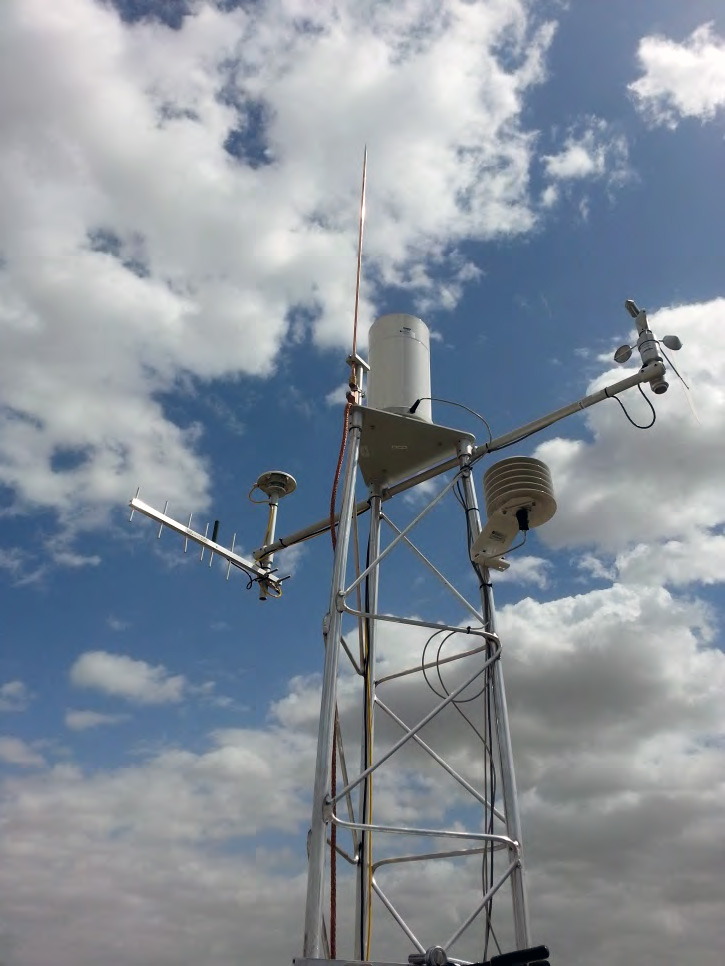
Airborne radars include Doppler radars, weather radars and ground mapping radars. Meteorological radar bands are limited by the trade-off between attenuation and antenna size: S band (2.7 - 2.9 GHz) is used in regions with high propagation loss, such as tropical areas with heavy rains, C band (5.6 - 5.65 GHz) is applied to monitor regions with smaller attenuation rate, and the X band (9.3 - 9.5 GHz) is limited to short-range hydrological and meteorological monitoring, such as urban and mountain valley hydrology.Īviation bands are implemented in different spectrums for different applications, such as primary/secondary radar for navigation or instrument landing system (ILS). Marine applications are typically able to implement large antennas, so they use X, C and S bands, which gives a good compromise between antenna size and propagation loss. The main radar frequency bands are shown in the table below. RF bands are controlled by regulatory agencies, so radars are allowed to operate within a pre-defined slice of the frequency spectrum. On the other hand, low frequency applications are less prone to attenuation, which results in larger covered areas but requires much larger antennas. Each band has its own characteristics and limitations: for instance, high frequencies allow the use of smaller antennas, so they are preferable in airborne applications. Radars operate in different frequency bands.

The frequency shift can be used to measure the target speed and to discriminate moving targets from the static cluster. If the target is moving towards the radar the frequency increases, while the opposite occurs if the target is moving away. The frequency of the signal reflected from stationary targets remains unchanged, whereas moving targets shift the frequency of the reflected signal. Therefore, having a flexible processing unit is desirable for multi-purpose radar.įigure 1: A diagram of the Doppler Radar is shown. This step varies greatly with the radar technology being used: for instance, in Doppler Radars the frequency deviation of the received signal can be correlated with the speed of the detected object (Figure 1). The signal processing module extracts the required information from the received signal and displays the measured results. The hardware front-end generally performs the signal transmission, (adaptive) impedance matching, amplification, anti-aliasing filtering and signal digitalization. The size, shape and location of the antenna is highly dependent on the application: antennas can be found mounted on ships, inside the nose of airplanes, integrated into radar guns and on top of air traffic control (ATC) towers. The antenna is responsible for sending the interrogation EM signal and measuring the reflected waves.

Modern radars are composed of three basic parts: the antenna, the hardware front-end and the signal processing module. Therefore, radar is used in any application that requires remote detection and monitoring of objects. For instance, because light speed is constant, the distance between the receiver and the target can be estimated with the delay between pulses. With this information, the radar can evaluate the size, speed and distance of objects. Radar (Radio Detection and Ranging) uses the same basic principle, but with electromagnetic (EM) waves: the antenna sends RF radiation to the surroundings and measures the reflected EM fields.

If these ripples find an obstacle, reflected waves will travel back to the origin point, carrying information about the obstacle.

Despite the diversity of technologies, all radar configurations require large amounts of signal processing to work properly, and as such, SDR works as the backbone of these devices.Ī stone thrown into a pond generates ripples that propagate through the water. Moreover, radar technologies consist of a variety of different configurations, such as Continuous Wave (CW) Radar, Doppler Radar, Pulse Radar, Frequency Modulated Continuous Wave (FMCW) Radar and Phase Array Radar. Aviation and marine navigation, weather/meteorology tracking, ground penetration assessments, military missile guidance and Earth's surface mapping are some examples of applications. Although composed of mainly analog circuits in the past, modern radars rely on powerful digital signal processing to operate. In this article, we will discuss the application of SDR in radars.
#Wireless network radar software software#
Software Defined Radios (SDR) have become the best option for many radio applications due to their precision, flexibility, reliability and simplified design process.


 0 kommentar(er)
0 kommentar(er)
